
Jim Hendrickson
Jim has been a member of Skyscrapers, Inc., since 1995, and has been the responsible for the newsletter and the web site since 1998. He is an avid observer and astrophotographer, and at present is serving as Skyscrapers 1st vice president. He also enjoys traveling to places of astronomical interest, including the latest transit of Venus and total solar eclipse expeditions, and is looking forward to viewing the eclipses in 2023 and 2024.
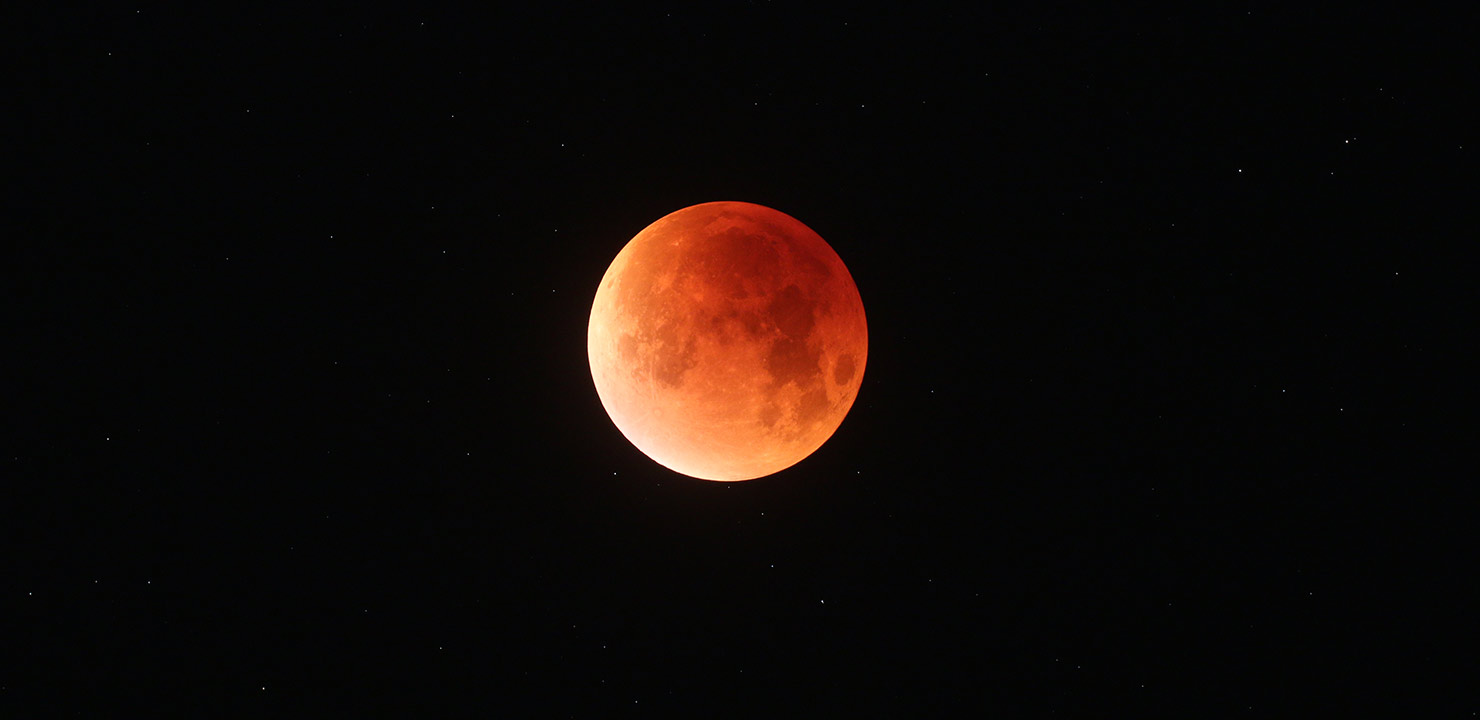
Skylights: March 2025








Observing Neptune in 2016
Skywatching for a Saturn Year
Finding Pluto


The Quest for Pluto

See the Three Largest Worlds Between Earth & Jupiter

Observing Uranus in 2013

Observing Neptune in 2013

A Visit to Morehead Planetarium

Asteroids, Meteors, & the Dog Days
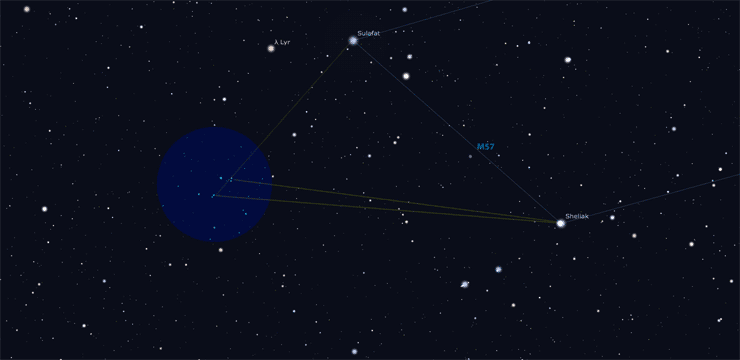
The Ships of Sheliak

The 30-Year Legacy of NASA's Remarkable Spacecraft: The Space Shuttles
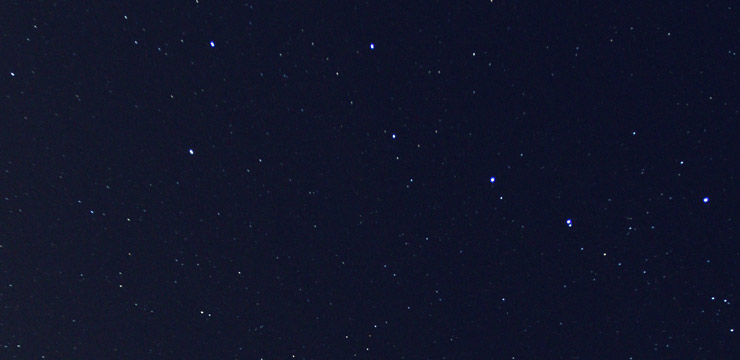
Getting to Know the Big Dipper

The “Little Big Dipper”

Iway Bridge Light Pillar Should Be Shut Down

Hubble Servicing Mission is the Culmination of the Space Shuttle Program

A Night With the Messiers
Our Solar System of Eight Planets
A Trip to Kovac Planetarium
Observing the Transit of Venus from Mount Wilson


April 2024 Starry Night at Chase Farm


Night Sky at River Bend Farm: October 2023
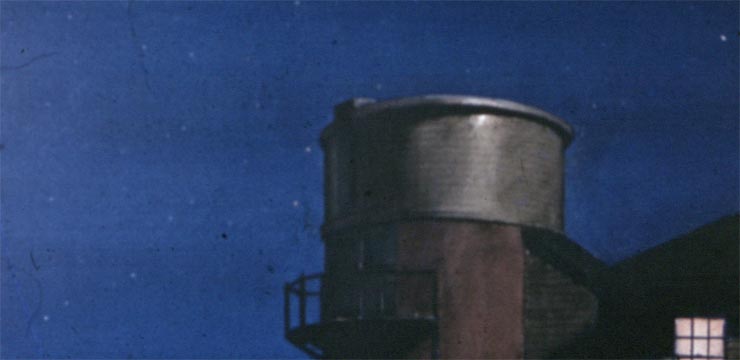

River Bend Farm: June 2023


Chase Farm: April 2023


Plum Beach Club: August 2022


River Bend Farm: August 2022


River Bend Farm: July 2022


River Bend Farm: June 2022


Astronomy at WaterFire Arts Center


Astronomy at WaterFire Arts Center


Moonrise on the Seekonk


Winman Middle School Lantern Night


The Great Conjunction at Norman Bird Sanctuary



Members' Night
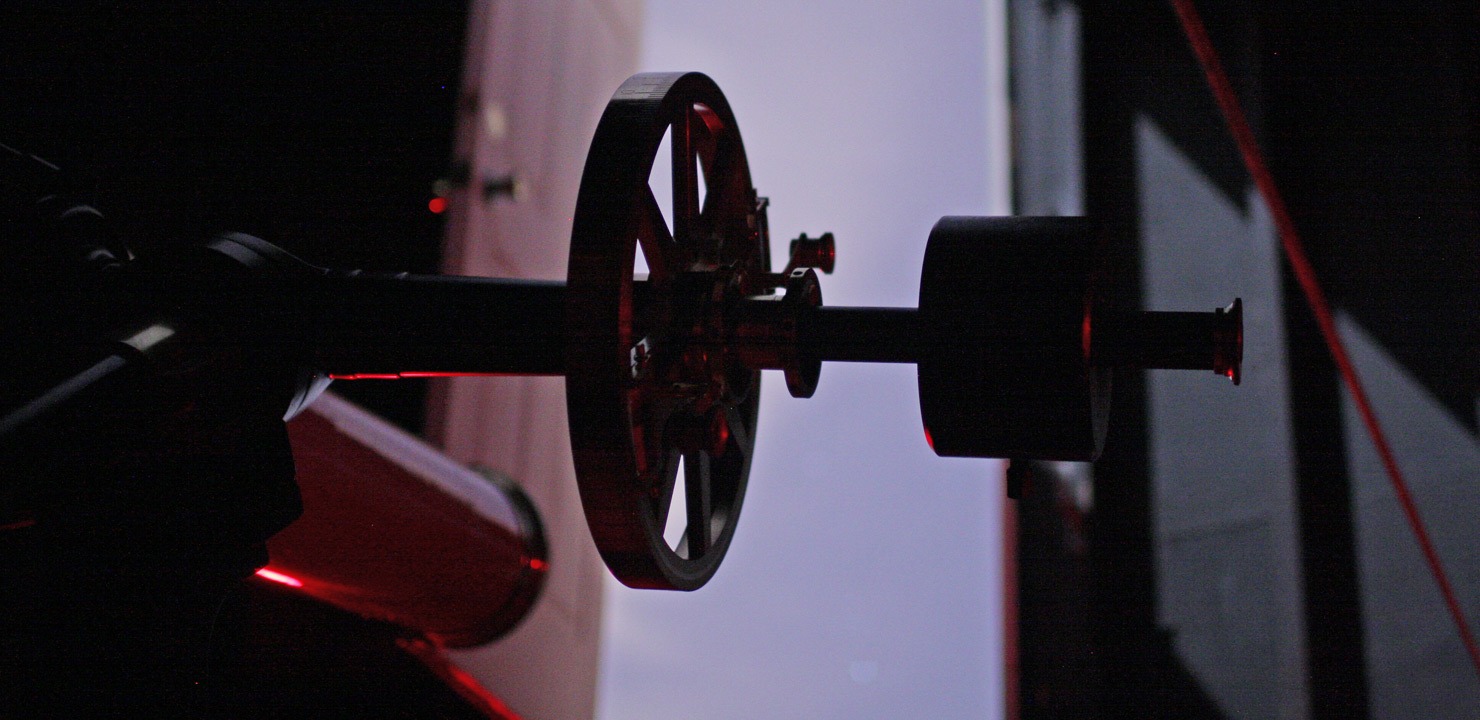

Astronomy Day, Star Party & Comet PanSTARRS on a partly cloudy night


Gathering on a cloudy night in the hopes of seeing aurora borealis
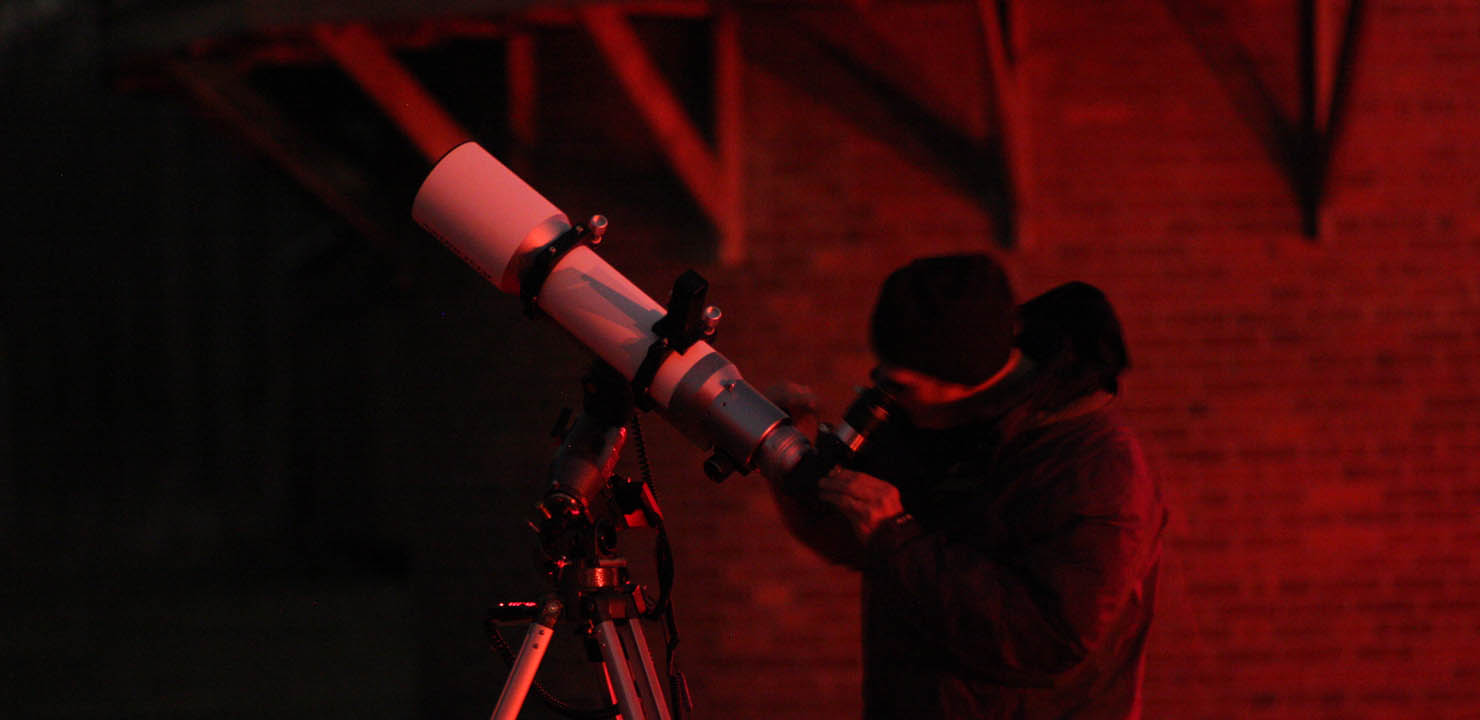

Observatory night
A total of 25 guests enjoyed clear skies on March 30 and viewed Jupiter, the Orion Nebula and one of the open clusters in Auriga during our two hour observing session. In the field, Bob Horton brought his homemade 4.25" reflector and Conrad had first light with his new Astro-Tech 106mm refractor.
Dave Huestis and Jim Hendrickson provided this report.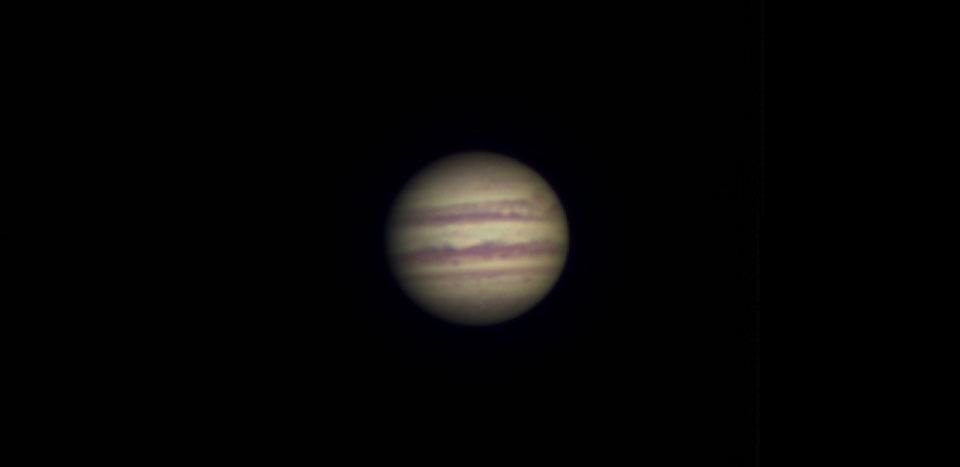

Moon and Jupiter highlight 2013 season opener
It was nice to be back to Seagrave after the observatory had been snowed in for so long. We had clear skies and a bright waxing gibbous moon lighting up the grounds.
Bob Horton, Dave Huestis, Steve Hubbard and Jim Hendrickson provided this report.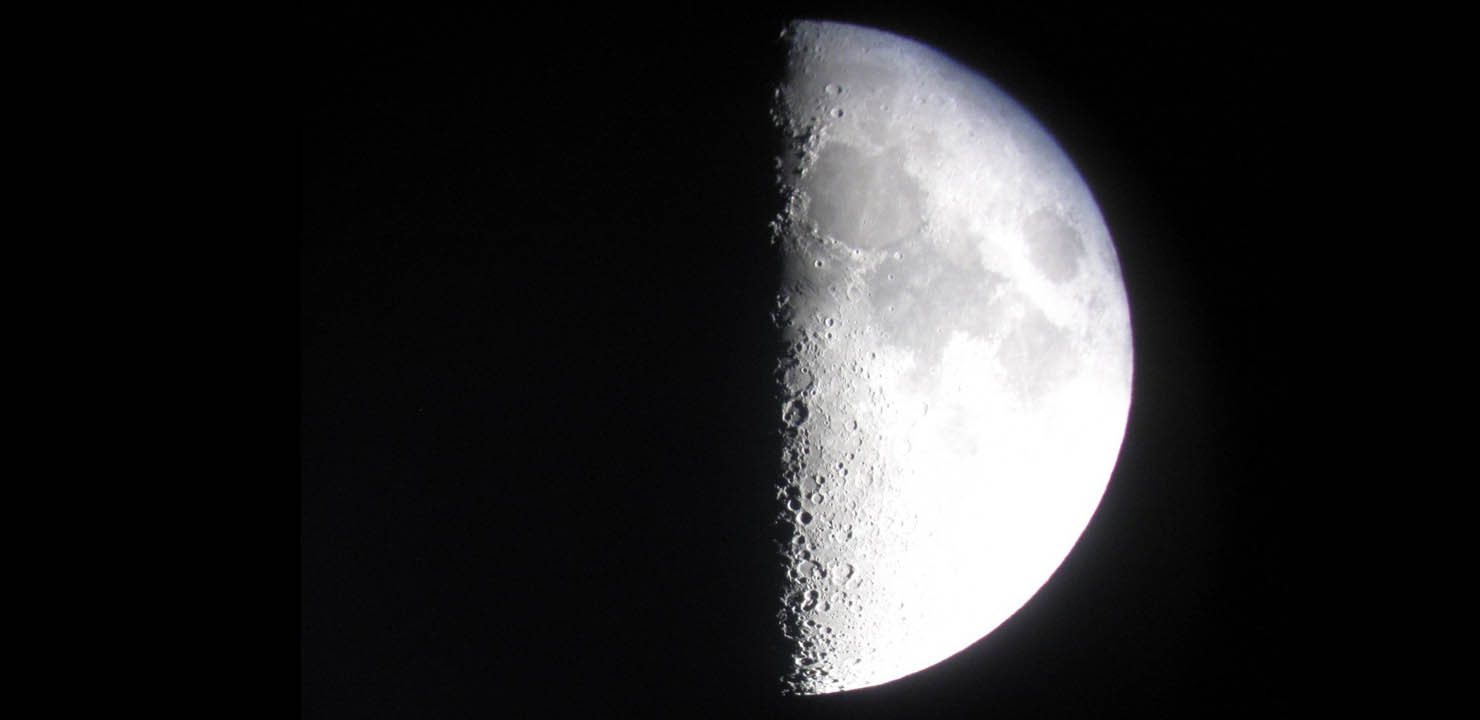

International Observe the Moon Night



Meeting Night, Public Open Night & Double Star Challenge
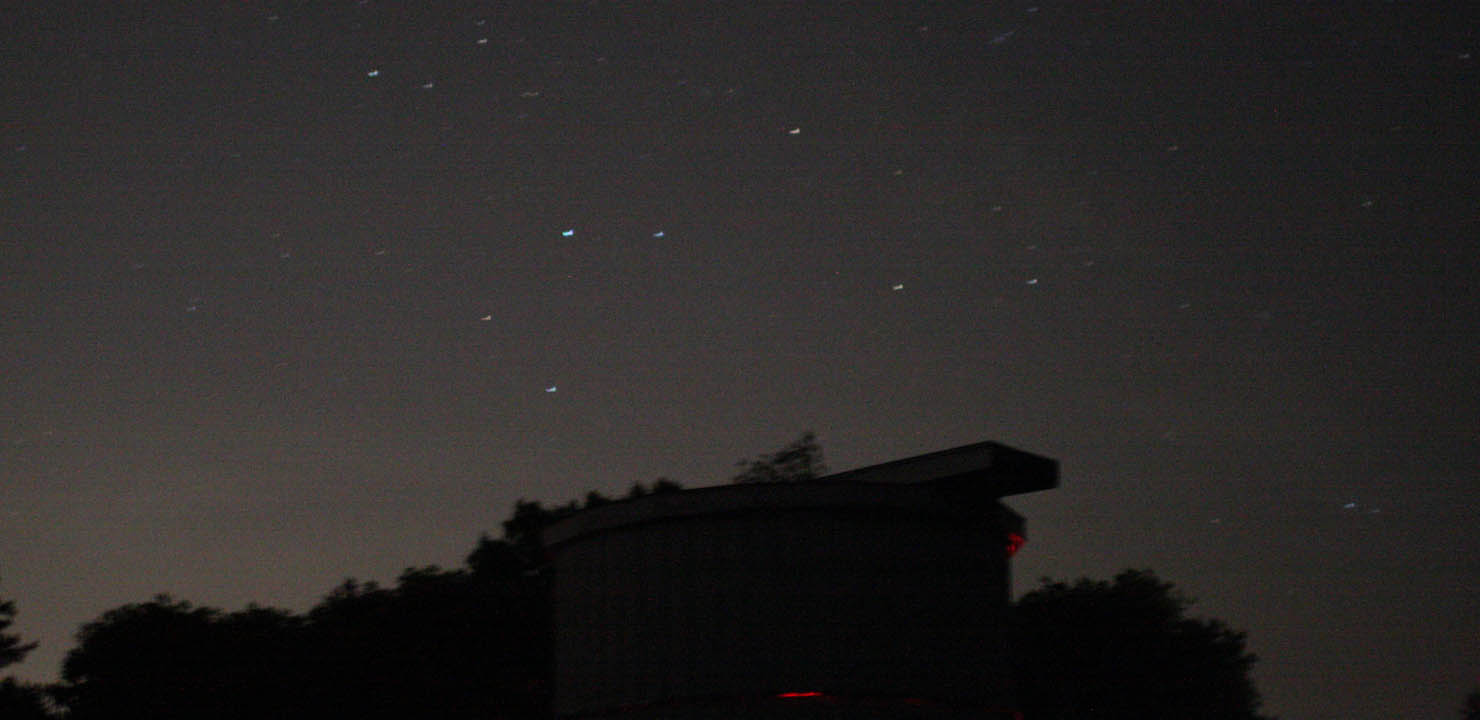


Gibbous Moon on a hot & hazy night


Waxing Crescent Moon & ISS Flyover


Summer Saturday meeting & open night with spectroscopy demonstration


Observing with Bob Horton's homemade 4¼-inch reflector


Mars, Saturn and spring galaxies greet the end of an 8-week cloud streak

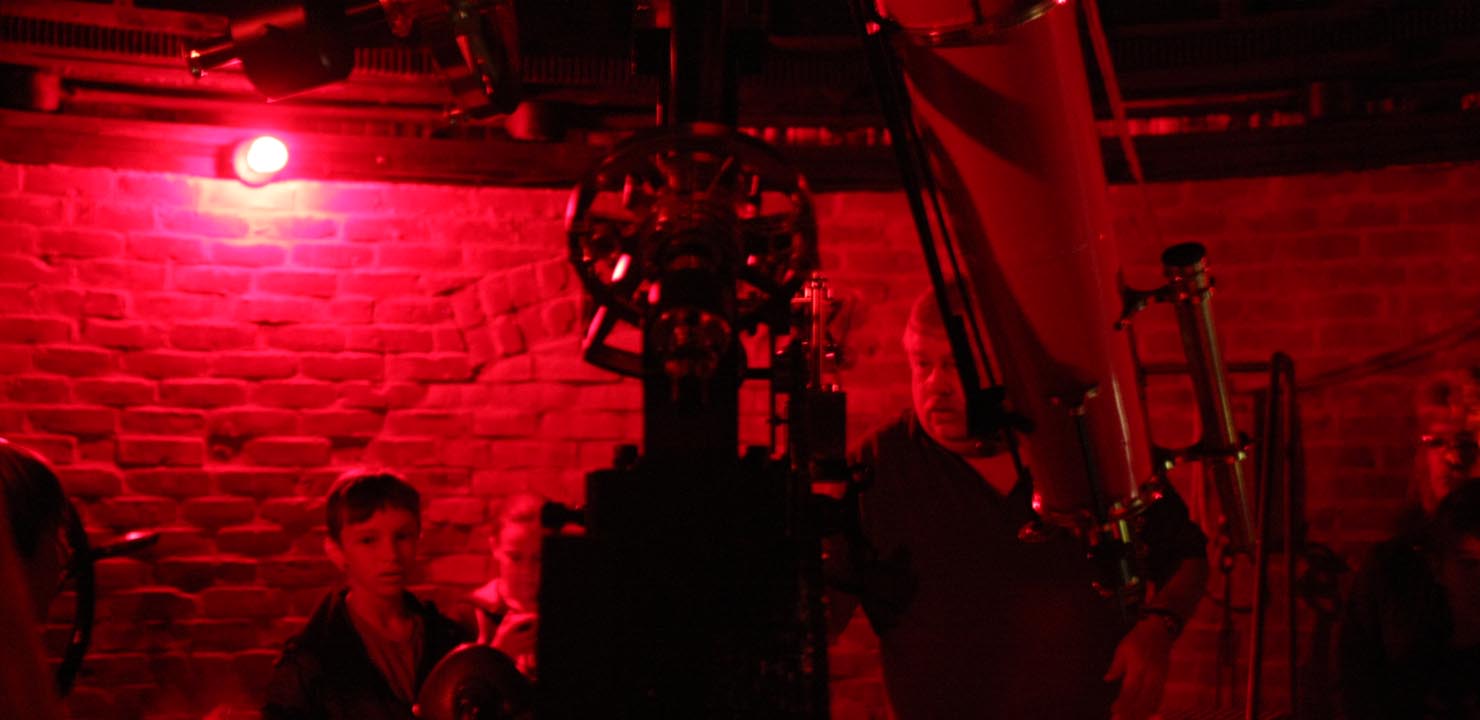

Clear skies give way to poor conditions, obscuring all but Mars & Saturn


"Super Moon" makes brief appearance between clouds & fog




Crescent Moon & Evening Planets


A warm January night



Another party cloudy night draws visitors to Seagrave Observatory
text
Jim Hendrickson provided this report.

Unusually high turnout for a cloudy night

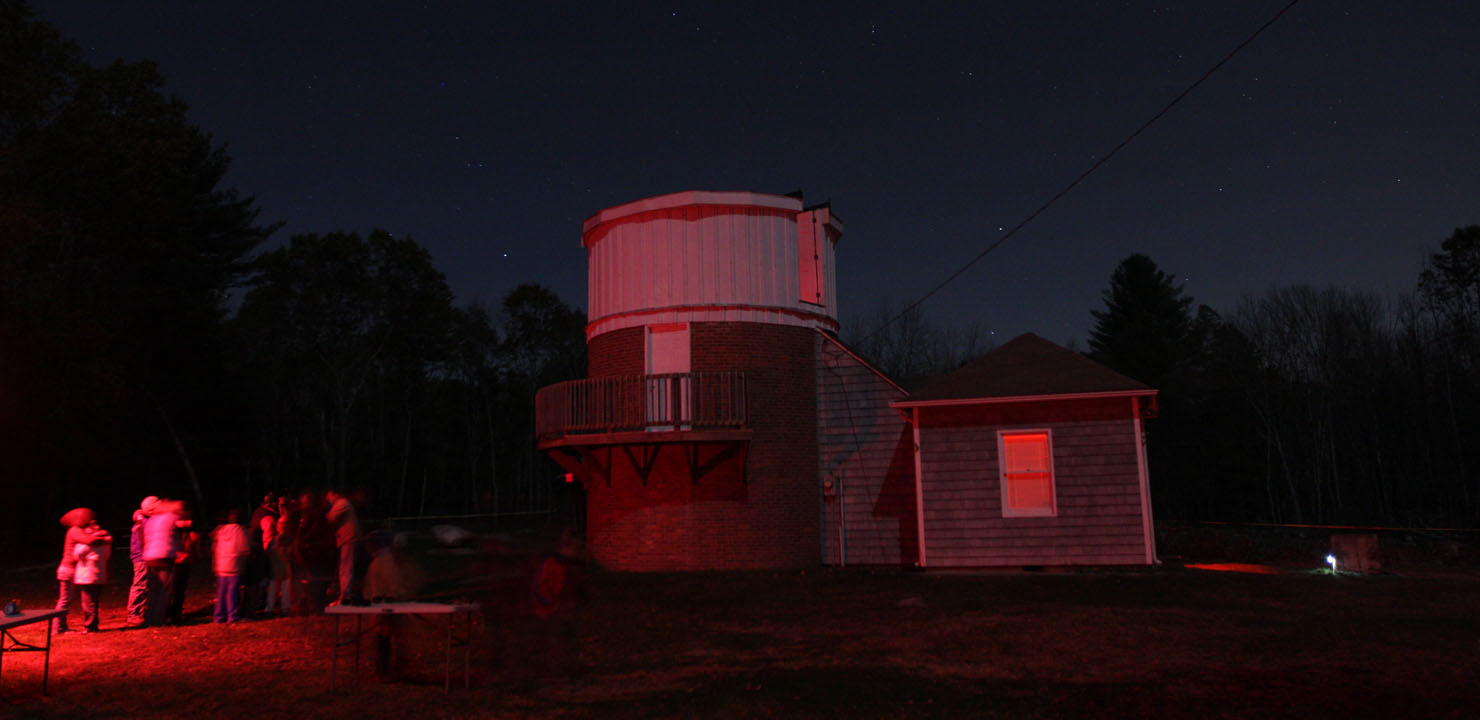


Observing after meeting

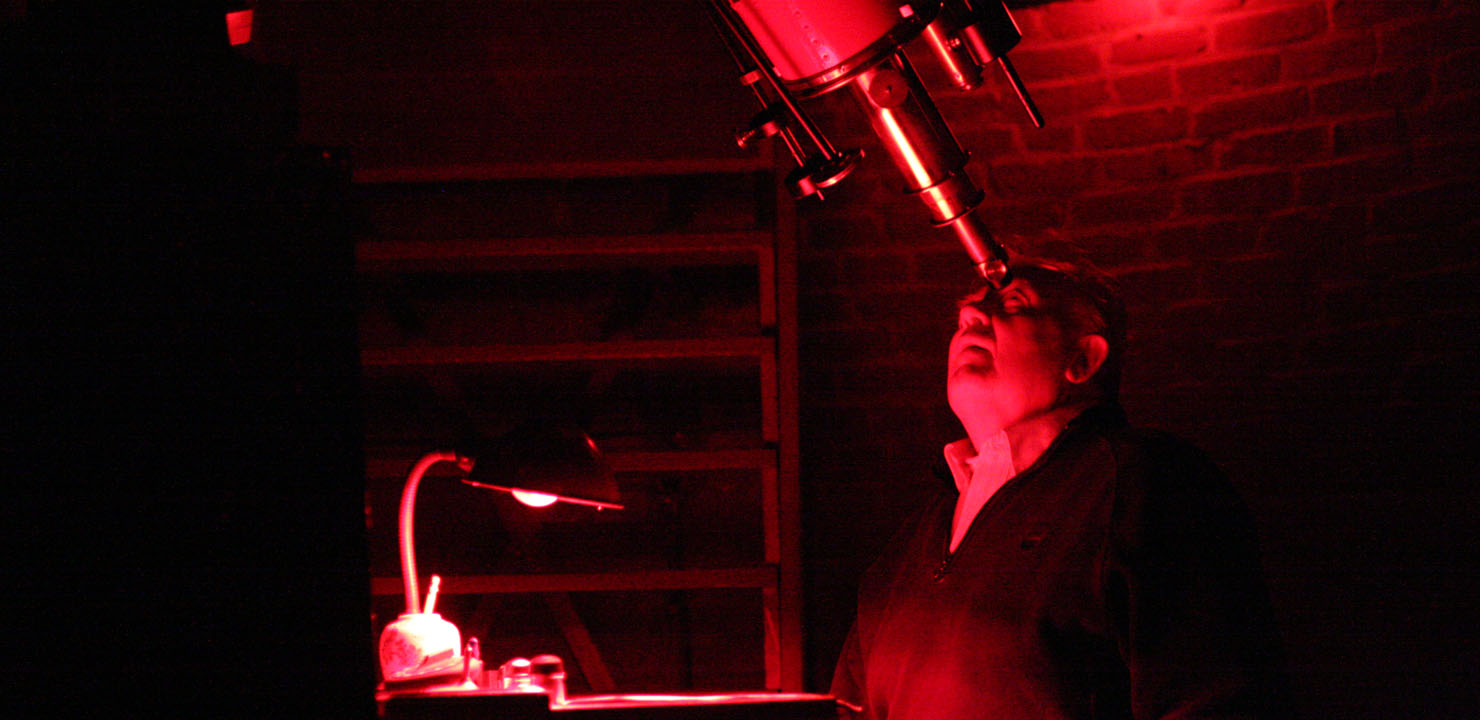

oct22


Jupiter coming into view


A Supernova, Uranus & Neptune under a near-Full Moon



Hazy, humid night makes for less than ideal viewing


Public Observing on the 42nd Anniversary of the Launch of Apollo 11


Observing through new horizons after Meeting
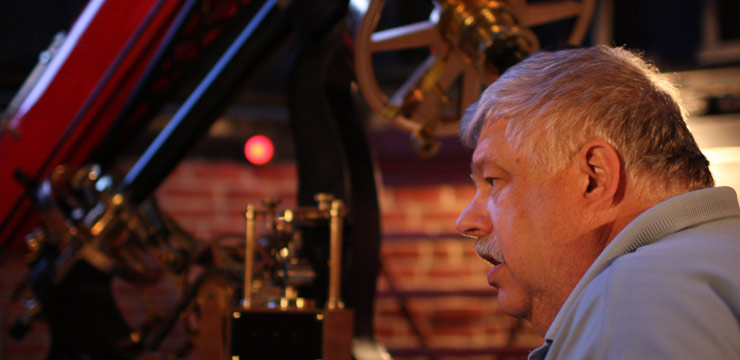

Postponed star party turned out to be the best night of the year


Public Observing & Imaging Workshop


Seagrave Memorial Observatory 2011 Season Opener
2001 "Season Opener" at Seagrave Memorial Observatory features Mercury and a "super" Moon.
Jim Hendrickson and Dave Huestis provided this report.




















































